The new flagship Lumix GH7 is claimed to deliver outstanding video performance with a wide dynamic range, a newly developed 25.2MP BSI CMOS sensor. It also includes phase-detect autofocus, which has previously been seen on the company’s S5II full-frame cameras. Panasonic has an enviable reputation among videographers, and this camera is designed to support the efficient workflow required in professional production environments. It is equipped with Apple ProRes RAW internal recording and the world’s first 32-bit float recording, which eliminates the need to adjust sound recording levels during shooting.
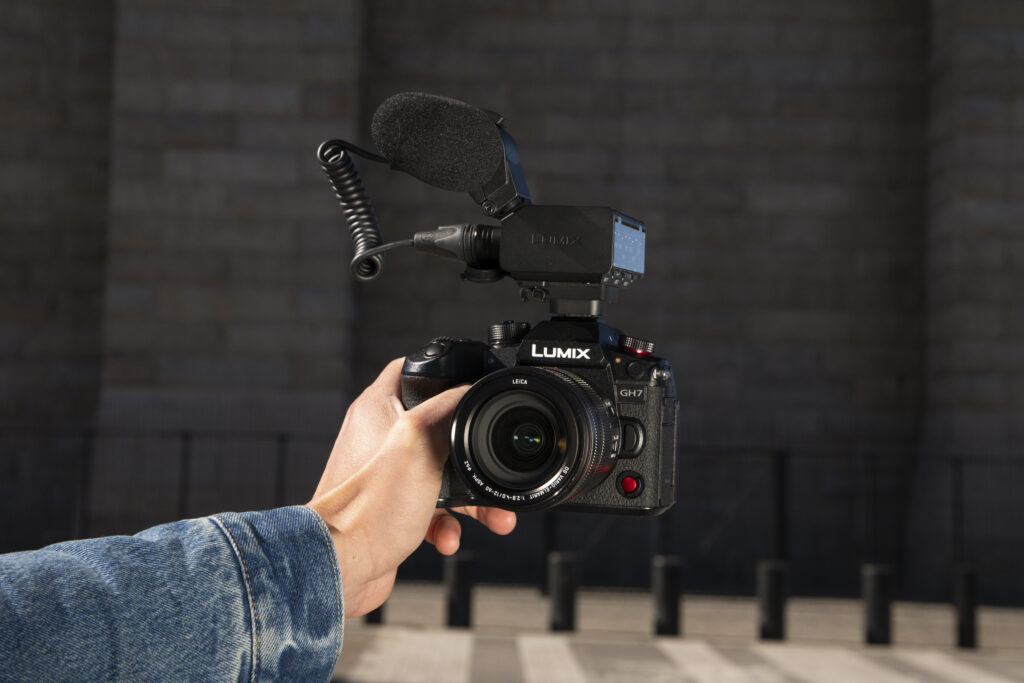
Lumix GH7 Specification highlights
Performance
- 25.2MP BSI CMOS sensor with high-resolution and fast response, along with 13+ stop dynamic range boost*3 with rich gradation
- Adopting PDAF for high-speed, high-precision AF performance, and newly added real-time autofocus recognition AF for aeroplanes and trains
- Improved image stabilization technology, including perspective distortion correction for videos and
- High mode in Active I.S. to enable powerful compensation when shooting on the move
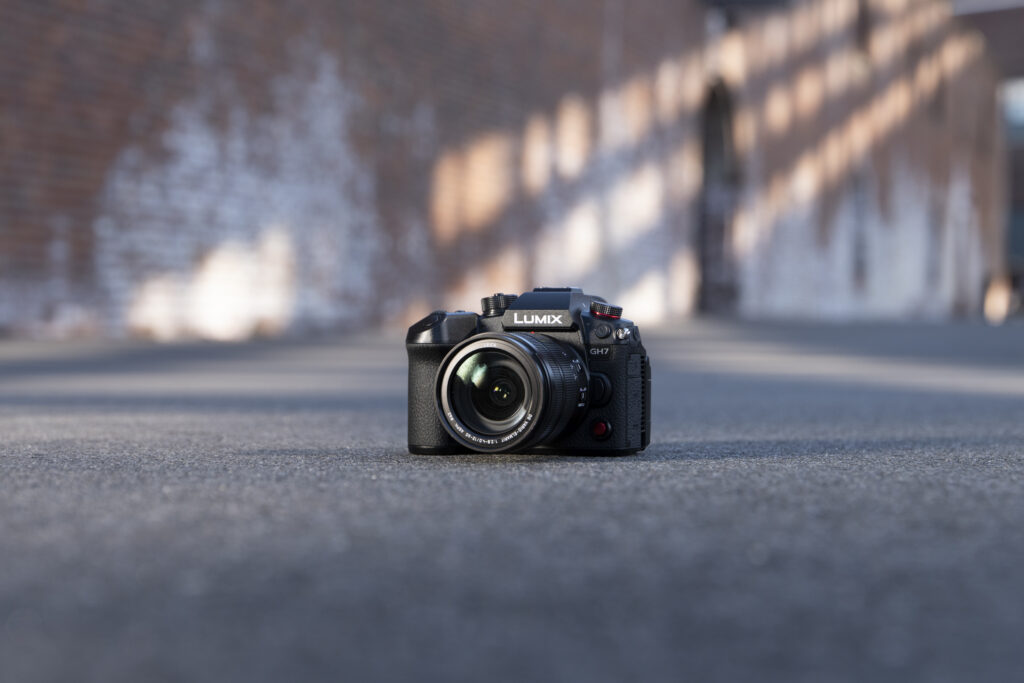
Video workflow
- Internal recording of 5.7K 30p ProRes 422 HQ and ProRes RAW HQ*1
- World’s first 32-bit float recording*2, eliminating the need to adjust audio recording levels during shooting when using the new XLR microphone adapter, DMW-XLR2 (sold separately). The LUMIX DMW-XLR2 will be available at the end of July 2024, with an RRP of £499.99
- Allows users to load original LUT files and apply new colour looks directly to videos and photos with real-time LUT.
- Enables proxy recording for workflow efficiency and supports native Camera to Cloud integration with Adobe’s Frame.io, enabling images and videos to be automatically uploaded, backed up, shared, and worked on jointly via the cloud.
- Open Gate recording to enable flexible framing for any social media platform or client needs.
Reliability
- Unlimited video recording made possible with efficient heat dissipation processing and the integration of a cooling fan
- Convenient tilt-free angle monitor that does not interfere with HDMI or USB cables when tilted
- Able to withstand harsh environments with dust, splash resistance*5, and freeze-resistance down to -10 degrees Celsius/14 Fahrenheit
The Panasonic Lumix GH7 will be available at the end of July 2024, with a recommended retail price in the UK of £1,999.99 (including VAT)
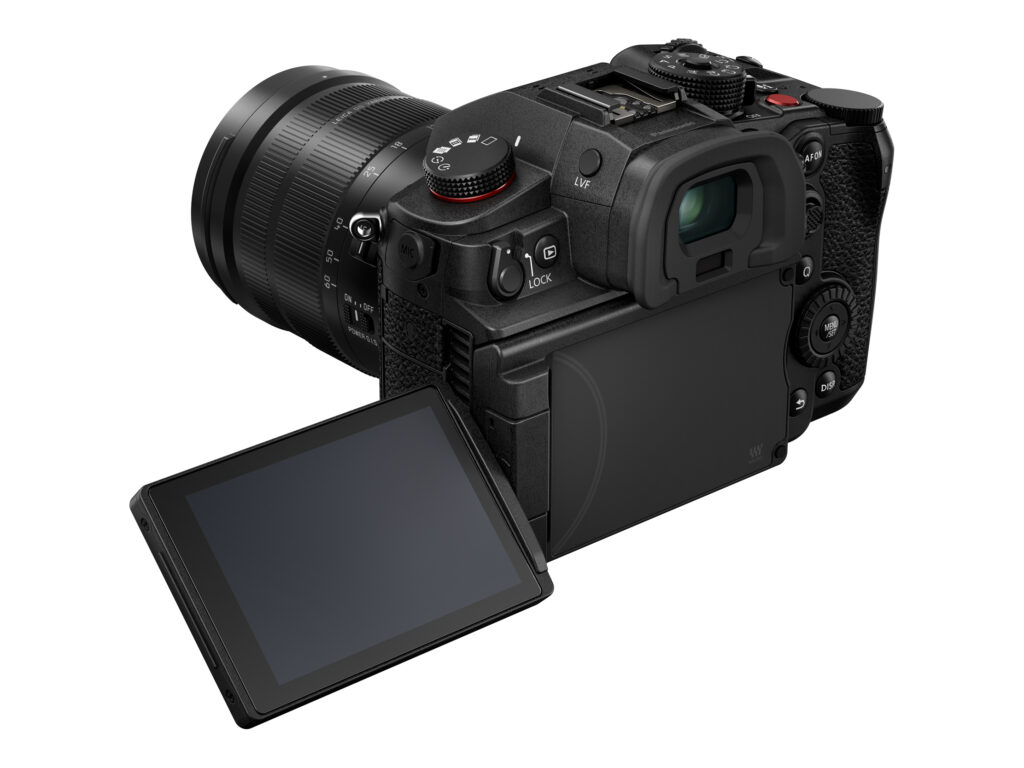
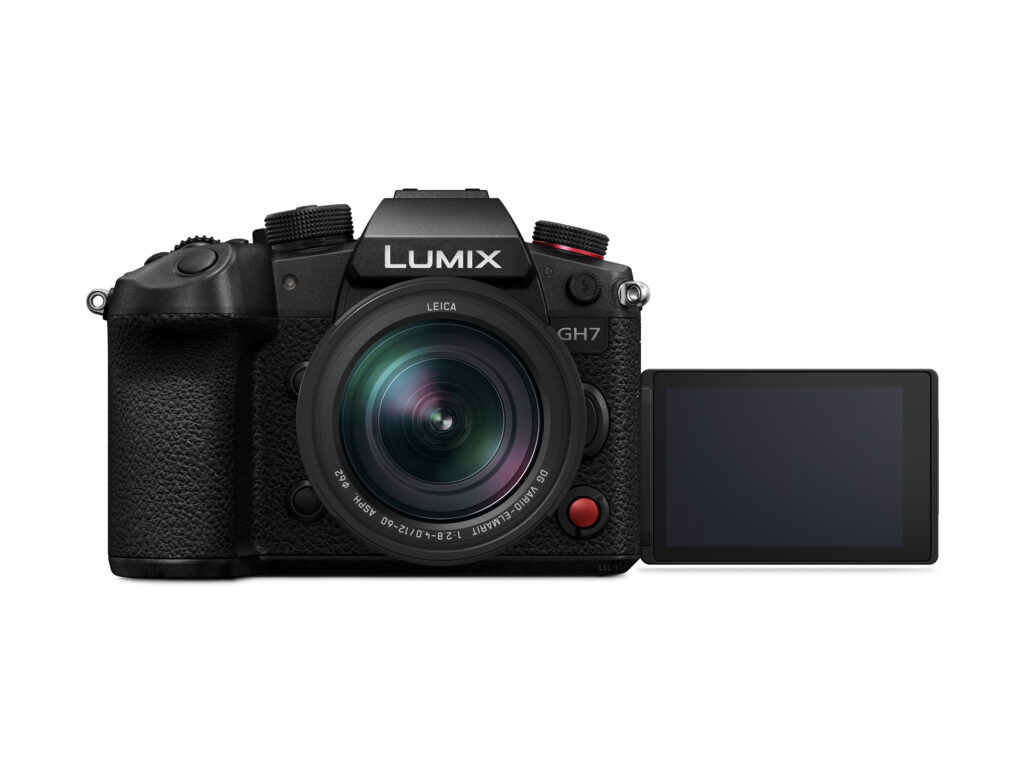
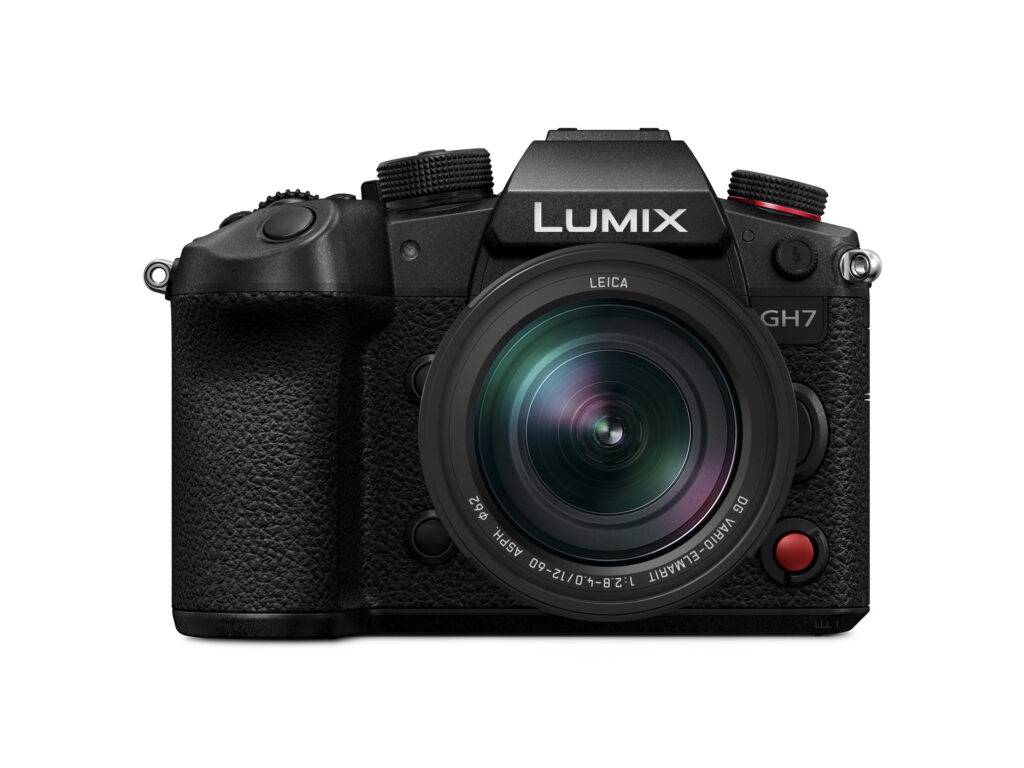
Early reviews and comment
The Lumix GH7 Puts All of Panasonic’s Best Video Features Into One Camera
Panasonic Lumix GH7 Initial Review: Sensor Size is the Only Compromise
Panasonic LUMIX GH7 Review: I Was Wrong…
Join the Macfilos subscriber mailing list
Our thrice-a-week email service has been polished up and improved. Why not subscribe, using the button below to add yourself to the mailing list? You will never miss a Macfilos post again. Emails are sent on Mondays, Wednesdays, and Fridays at 8 pm GMT. Macfilos is a non-commercial site and your address will be used only for communications from the editorial team. We will never sell or allow third parties to use the list. Furthermore, you can unsubscribe at any time simply by clicking a button on any email.

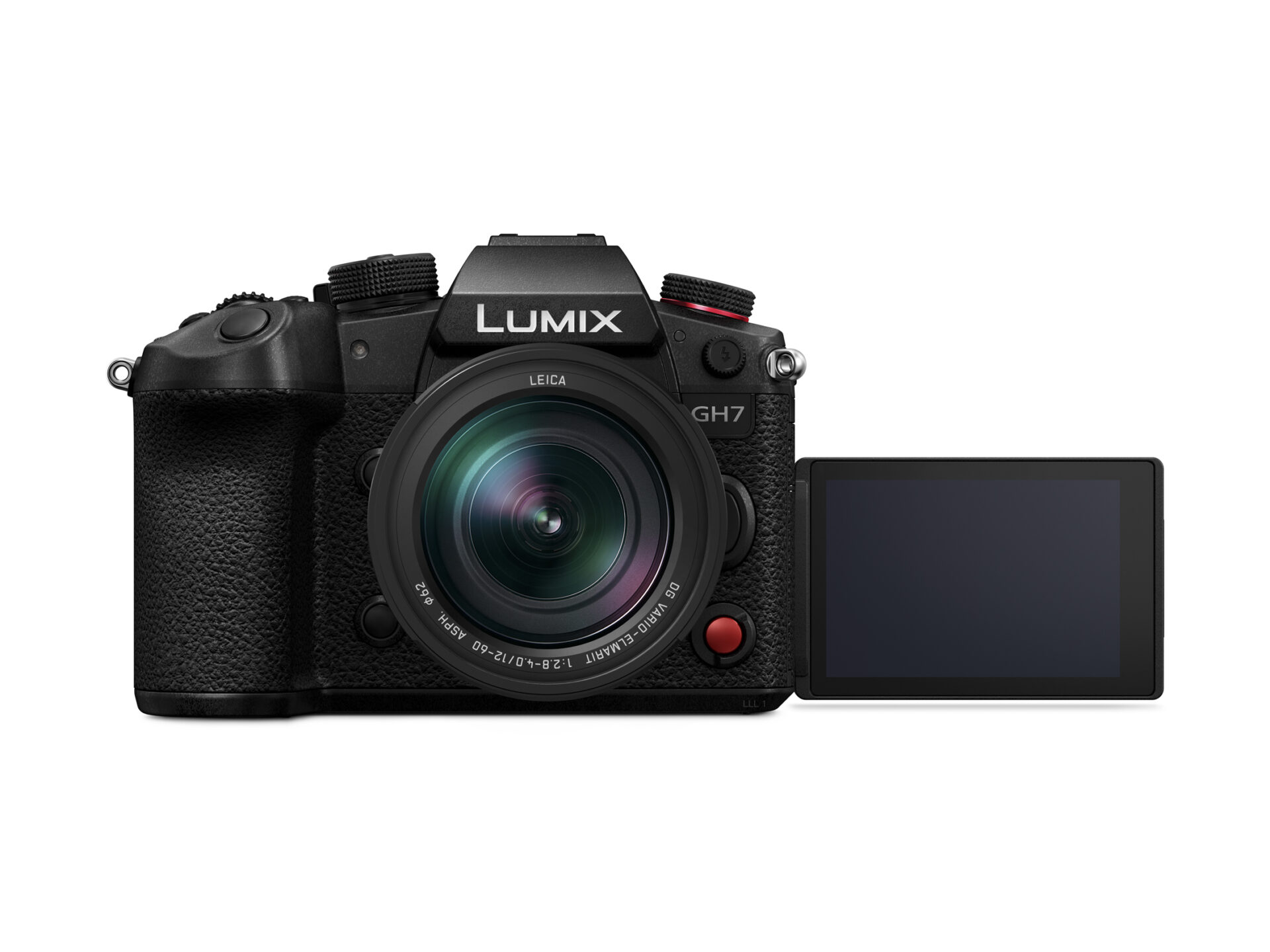
.
“..perspective distortion correction for videos..” ..that’s quite an achievement, if it works in real-time.
I have it on a couple of – no; three of – Olympus m4/3 cameras, and it certainly uses a fair bit of processing power. The (digital) PEN-F takes several seconds to process and save a single ‘perspective-corrected’ photo. The E-M1 does it faster, so that you don’t notice any delay, and the newest ‘OM-1’ just easily takes it in its stride. (The ‘perspective correction’ involves electronically changing inward-tilting vertical lines, like the sides of buildings, when the camera’s tilted upwards, or to ensure that any square piece of paper, for example, really does look square in a photo, even if the camera is tilted.)
BUT that’s for single photos ..video, of course, normally runs at twenty-five or thirty photos per second! ..So there must be some pretty powerful processing inside that GH7.
Of course, that’s why there’s a cooling fan inside. But although the top photo shows a mic mounted on the camera, few people in their right mind would actually PUT a mic on the camera, except to capture a basic audio track to easily sync everything else to ..and especially not with a fan running just a few inches away!
(Why not on the camera? You’d normally use a separate ‘shotgun’ mic to pick up audio with the mic closer than the camera to whatever, or whoever, is speaking (like using a ‘telephoto mic’ ..you know; those ‘furry dead cat’ mics). Or – better still – for recording people anyway – a separate (or several separate) little radio mic(s) hidden in clothing for ‘close-up’ audio of whoever’s speaking.)
That “..world’s first 32-bit float recording, eliminating the need to adjust audio recording levels during shooting..” may be a world-first for a small camera, but has been a standard offering on professional film-sound recorders for yonks (translation: a few years) so that volume-knob-twiddling is completely unnecessary, as – however loud the audio – loud sound won’t distort, and quiet sound won’t sound TOO quiet, and all can be adjusted to taste afterwards in ‘post production’, when all the audio is mixed, sound effects are added, plus music, etc, to make a finished sound track.